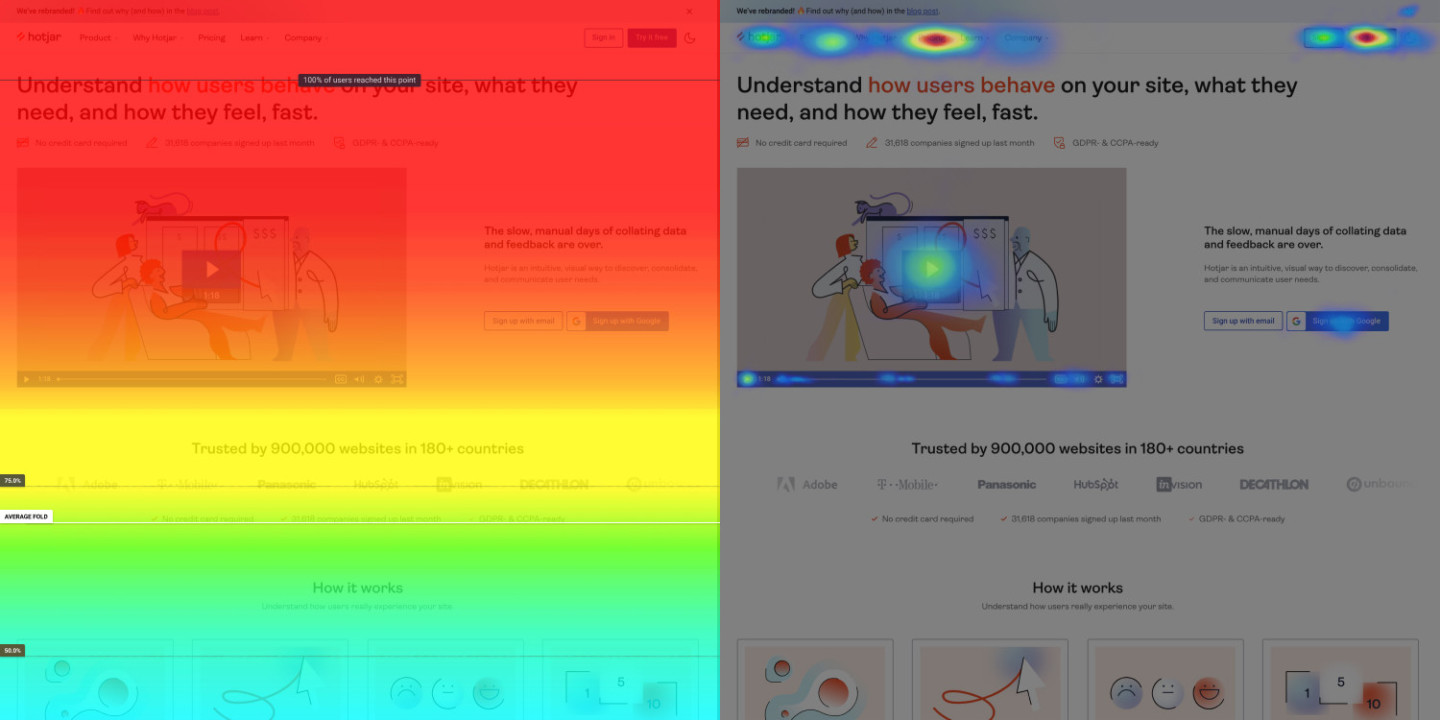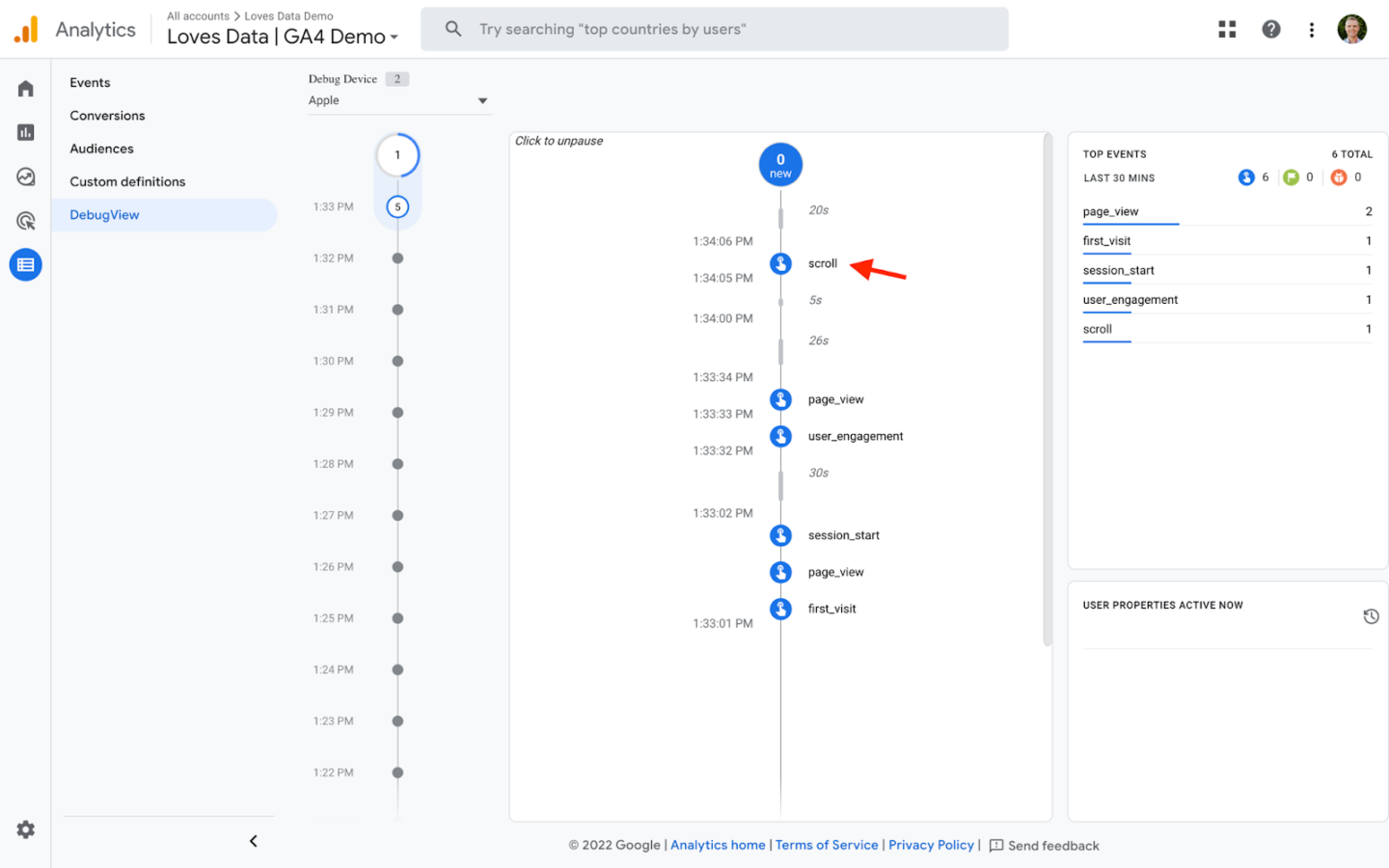Stop Losing Leads: 6 Smart Strategies to Identify and Fix Your Leaky Sales Funnel

Ever dealt with a leaky sales funnel? Yeah, we’ve all been there. You pour your hard-earned leads in at the top, and… drip, drip… most disappear before they hit the bottom. It’s frustrating, right? And expensive too, with the average B2B lead costing around $198. But here’s the thing — sales funnel leakage is sneaky, and it’s probably happening right under your nose.
So, how do you identify and fix it? That’s the million-dollar question.
First off, check for drop-off points. Is it happening after a demo? During lead nurturing? Or maybe your follow-ups are too slow, letting those leads slip away. Savvy buyers and longer sales cycles make these leaks more common than ever.
But don’t worry — there’s hope. There are tools and strategies out there that can help you pinpoint exactly where the leak is and seal it up. While converting 100% of your leads isn’t realistic, you can definitely stop the bleeding and start turning more leads into customers.
Stick with me, and I’ll show you how to plug those holes and get your funnel working like it should. Ready to fix that leaky funnel? Let’s do this! 💪
What Causes a Leaky Sales Funnel?
In my experience at Dashly.io, it usually comes down to a few key things. Let’s break it down.
Leads enter your funnel, showing interest. But somewhere along the way, they slip out. It’s frustrating, right?

The most common sales funnel leaks happen when you’re not nurturing your leads properly, or worse, you’re missing the right moment to push them to the next step. And trust me, that’s a killer when you’re running an inbound funnel focused on booking meetings.
Here’s where the leaks happen most often:
- Slow follow-ups: Leads who request a demo or meeting need quick responses. If you wait too long, they’re gone. I’ve seen countless funnel tanks because the follow-up time was too slow.
- Misaligned messaging: Your leads might not see the value in what you’re offering, especially if your message doesn’t match their needs. This leak happens when marketing and sales aren’t aligned.
- Poor lead nurturing: Not all leads are ready to buy immediately. You need to guide them through your funnel with personalized content and communication. Otherwise, they drift away.
- Lack of engagement: I’ve seen teams lose leads because they weren’t engaging at the right moments — whether it’s sending a timely email or setting up a demo. Missed moments are missed opportunities.
- No clear call-to-action (CTA): If leads don’t know the next step, they won’t take it. Whether it’s scheduling a meeting or jumping on a demo call, your CTA has to be crystal clear.
Each of these leaks in your sales funnel adds up to lost revenue. But the good news? Fixing them isn’t rocket science. Speed up your follow-ups, align your messaging, and make sure every lead knows the next step.
The fix? Here is the top 6 recommendations from Dashly experience 👇
1. Identify the Conversion Leak in Your Sales Funnel
Ready to fix that leaky sales funnel? First, you’ve got to know where the leak is happening. It’s like trying to fix a flat tire — you need to find the hole first. Here’s how you do it.
Map Out the Entire Sales Cycle
You can’t fix what you don’t understand. Mapping out your entire sales funnel helps you see each step of the customer journey. For an inbound funnel focused on booking meetings, everything from the first website visit to the final sales call.
Ask yourself:
- Are leads dropping off after filling out forms?
- Are they ghosting after receiving a demo invite?
- Is your follow-up process broken?

Once you’ve got the map, it’s easier to spot the leaks.
Track Data Correctly (or at all)
Not tracking data — or tracking the wrong data — is a major reason why sales funnels leak. Accurate data gives you the power to see where things go wrong. Without it, you’re flying blind.
Best practice? Make sure you’re tracking the right customer data at every stage of the sales funnel. This includes tracking lead behavior on your website and during follow-ups. Poor data equals poor decision-making, which leads to missed opportunities and, eventually, fewer qualified leads.
- Update your CRM daily. Keep that data clean. Trust me, dirty data has never turned anyone into a customer.
- Use automation tools like Revenue Grid to capture sales activities automatically and keep your CRM updated. Less manual work, more accurate insights.
Without the right data, you’re just guessing. And guessing isn’t a solid strategy for fixing leaks.
Use Behavioral Analytics Tools
When it comes to sales funnel leakage, understanding lead behavior is key. Behavioral analytics tools will show you what catches a lead’s attention — and what turns them off.
Here’s what you need:
1. Heatmaps: See where your leads are clicking (or not) on your website.

2. Scroll tracking: Check how far leads scroll before losing interest.

3. User feedback: Surveys can help you understand why leads drop off.
For example, at Dashly, we noticed a leak on our pricing page. Leads were trying to click on pricing plans that weren’t clickable (oops!). Using heatmaps, we ran A/B tests, added clickable plans, and boom — conversions shot up by 30%, adding $5,000 in monthly revenue.
Start by combining Google Analytics with behavioral tools to pinpoint exactly where your leaks are. Then, patch them up and watch your sales funnel grow stronger.
2. Enrich CRM data
Your sales team is out there working hard to convert leads, but if the data they rely on is messy or outdated, they’re missing the mark.
Think about it — if your CRM is filled with gaps or outdated info, how can you properly segment leads or understand your customer personas? You can’t. And that leads to miscommunication, missed follow-ups, and ultimately, fewer conversions.
The best way to patch up this leaky sales funnel is to enrich and refresh your CRM data. That’s where tools like Cognism come in handy. At Dashly, we’ve seen that integrating third-party data sources can make a massive difference.
Here’s how it works:
- Enhance historical data: If your old CRM records are incomplete, Cognism can fill in the blanks, giving your sales funnel a much-needed boost.
- Enrich new leads: As new leads enter your sales funnel, Cognism enriches the data in real time, making sure you’re never working with half-baked info.
- Schedule enrichment jobs: Got an ABM campaign coming up? Schedule an enrichment job to ensure your target list is spot on. Clean data equals better targeting.
- Revive old campaigns: Dust off those old lead lists by enriching them. Sometimes, a little data clean-up is all you need to turn a dead campaign into a success story.
The beauty of these tools is how easily they integrate with your existing CRM, whether it’s Salesforce, HubSpot, or whatever you use. With enriched, accurate data, your team can stop the leaks and start focusing on what matters — closing more deals.
Data hygiene matters. Plug those leaks by enriching your CRM, and watch your conversion rates rise 👌
Read also: Top 15 Tools for Automated Sales Funnel Creation in 2024
3. Analyze the Marketing and Sales Processes
To fix a leaky sales funnel, you need to start by auditing your sales team’s processes. A well-oiled team can make or break your funnel. Misalignment or inefficiencies in how your team operates often lead to leaks that cost you leads and revenue. Here’s how to get your team in sync and identify where the leakage might be happening.
1. Interview Your Sales Team
No one knows the sales funnel better than the people working in it every day. Talk to your sales team and get their perspective. They can often highlight inefficiencies or frustrations that aren’t immediately visible in the data.
Ask them:
- Where do leads tend to disappear?
- Are there any recurring roadblocks in closing deals?
- How often do they encounter incomplete or poor-quality leads?
Their insights are invaluable for understanding why the leak is happening and what might be causing it.
2. Align Sales and Marketing
One of the biggest causes of sales funnel leakage is the disconnect between marketing and sales. When these teams aren’t aligned, leads fall through the cracks. Let’s say marketing generates a sales-qualified lead (SQL) and passes it to sales for follow-up. If sales isn’t on the ball, or marketing doesn’t hand off the lead properly, that’s where the leak happens.
Example: Marketing marks a lead as an SQL after they’ve interacted with specific content and filled out a demo request form. However, the lead sits in the CRM for days because there’s no clear process for immediate follow-up. Sales either miss the opportunity or follow up too late when the lead’s interest has already cooled. This misalignment leads to lost leads and wasted marketing efforts.
To fix this, audit how your sales and marketing teams communicate:
- Do they regularly exchange feedback on lead quality?
- Is there a clear handoff process from marketing to sales, especially for high-intent leads like SQLs?
- How quickly are sales expected to follow up?
Clear communication and timing are key. If your SQLs aren’t being handled immediately, you’re letting high-potential leads leak out of the funnel.
3. Standardize the Sales Process
Inconsistent processes among your sales team can also cause leakage. Each team member may handle leads differently, leading to disjointed communication or delayed follow-ups.
Create a clear, standardized process for how leads should be handled at each stage. This could include a playbook for:
- How quickly do SQLs need to be contacted after the handoff?
- How many touchpoints should occur before a demo or meeting?
- What specific follow-up tactics should be used based on the lead’s behavior?
4. Review Performance Regularly
Set regular reviews to track individual and team performance metrics. Look at follow-up speed, demo-to-close ratios, and overall lead management. Regular audits will help you spot inefficiencies, plug leaks, and boost conversions.
By aligning your teams and creating a consistent process, you can stop sales funnel leaks and close more deals.
4. Prioritize leads
One of the fastest ways to stop sales funnel leaks is by prioritizing your leads. Not all leads deserve the same attention, and if your sales team is treating them equally, you’re losing high-quality leads who are ready to convert.
Here’s a case from a SaaS client we worked with at Dashly. They were experiencing sales funnel leakage because their team spent too much time on low-priority leads. They weren’t focusing on leads who were the best fit or ready to book a meeting.
We helped them implement a lead qualification quiz. This quiz asked key questions about the lead’s company size, budget, and needs, which helped score and prioritize the leads. Based on the quiz results:
- High-priority leads were fast-tracked for a demo or meeting invite.
- Lower-priority leads were nurtured but not chased aggressively.
You can also consider alternative strategies to prioritize leads:
- Use qualification quizzes to gather critical info.
- Track engagement metrics like demo requests or page visits.
- Set up lead scoring based on quiz answers or key actions.
- Focus on leads matching your ideal customer profile (ICP).
By implementing these strategies and focusing on qualified leads, they plugged sales funnel leaks and saw a boost in conversions. Prioritize smartly. Plug those leaks. 🚀
5. Audit and improve lead routing processes
At Dashly, we worked with a SaaS client facing leaky sales funnel issues due to poor lead routing. High-quality leads were slipping through the cracks because they weren’t being routed to the right team members.
We stepped in and implemented an automated system that prioritized lead distribution. High-priority leads were routed directly to the top-performing sales agents to maximize conversion potential, while mid-priority leads were sent to newer team members for nurturing. This allowed the team to handle leads more efficiently and reduced leakage in the funnel. Importantly, we made sure no qualified leads (SQLs) were sent to self-service options, ensuring they were handled by a real person.
Key steps to improve your lead routing process:
- Automate lead distribution: Send high-priority leads to your best sales agents and mid-priority leads to less experienced reps for growth.
- Use lead scoring to qualify leads: This ensures your team focuses on the most promising prospects.
- Leverage CRM integration: Ensure your CRM is fully integrated with lead routing tools for seamless handoffs.
- Set up clear guidelines: Define who gets which leads based on factors like readiness to book a meeting, company size, or budget.
By auditing and improving your lead routing, you’ll optimize your sales funnel and stop leaky sales funnel issues. Better routing means faster follow-ups, more conversions, and less lead loss.
Read also:
The Upside Sales Approach: Master the Inverted Funnel for Maximum Growth
Sales Funnel Stats That Matter: Boost Conversions and Growth in 2024
6. Improve Your Lead Nurturing Strategies
So, you’ve got leads coming in, but they’re not booking meetings? That’s a classic leaky funnel problem. Often, the issue lies in weak lead nurturing. If you’re not guiding your leads properly through the sales funnel, you’re letting them slip away before they’re ready to book that important meeting. Let’s fix that.
The key to solid lead nurturing is consistent, personalized communication. When leads show interest, you’ve got to stay on their radar. But, here’s the catch — don’t bombard them. Instead, nurture them at the right time with the right message.
For inbound, meeting-based funnels, here’s what we did at Dashly:
- Personalized follow-ups: After a lead filled out a demo request, we didn’t just send a generic email. We tailored the message based on their interests and company size. This personalized approach makes a lead feel seen, not like just another email in your marketing campaign.
- Automated email sequences: Set up automated nurture emails that engage the lead over time. But don’t just talk about features — highlight the value they’ll get from booking a meeting with you. Share case studies, success stories, and maybe even a sneak peek of your product in action.
- Behavior-triggered communication: Use tools to track what pages leads visit or content they engage with. If they’re spending time on your pricing page, they’re hot. Send a timely email pushing for the meeting before they cool off.
Here’s why this works: Leads who aren’t ready to meet right away still need nurturing. If you’re inconsistent, or worse — silent — they’ll fall through the cracks of your leaky sales funnel. Keep them engaged with valuable, relevant content and always provide a clear next step — booking that meeting.
Fixing the leaky funnel isn’t just about grabbing new leads; it’s about nurturing the ones you have until they’re ready to say “yes.” 🖐
Ready to Fix Your Funnel Leak?
Dashly AI helps you fix your sales funnel by automating lead qualification, routing, and follow-ups.
Based on qualification quiz answers, it sends personalized messages at the right moment to keep customers engaged and encourage them to book meetings.
With Dashly, you can prioritize high-quality leads, reduce leaky funnel issues, and double the pipeline by ensuring no quality lead falls through the cracks.
FAQ on leaking funnel
What is a leaky sales funnel?
A leaky sales funnel is when leads enter your funnel but fail to move through the stages, resulting in lost opportunities. It occurs when there are gaps in nurturing, follow-ups, or lead management, causing leads to “leak” out before converting.
How to fix a leaky sales funnel?
To fix a leaky sales funnel, identify where leads drop off by analyzing each stage. Improve lead nurturing, speed up follow-ups, prioritize qualified leads, and ensure consistent engagement to prevent leads from slipping through.
Why do sales funnels fail?
Sales funnels fail due to poor lead management, lack of personalization, slow follow-ups, and misalignment between sales and marketing. Inconsistent processes and unclear goals also cause leaks, resulting in missed opportunities.
Read also:
– 10 inspiring sales funnel examples to boost your business growth;
– Mastering sales funnel analysis: step-by-step guide, tools, and examples;
– Ultimate guide to an AI sales funnel: the best tips, tools and common mistakes to avoid.



